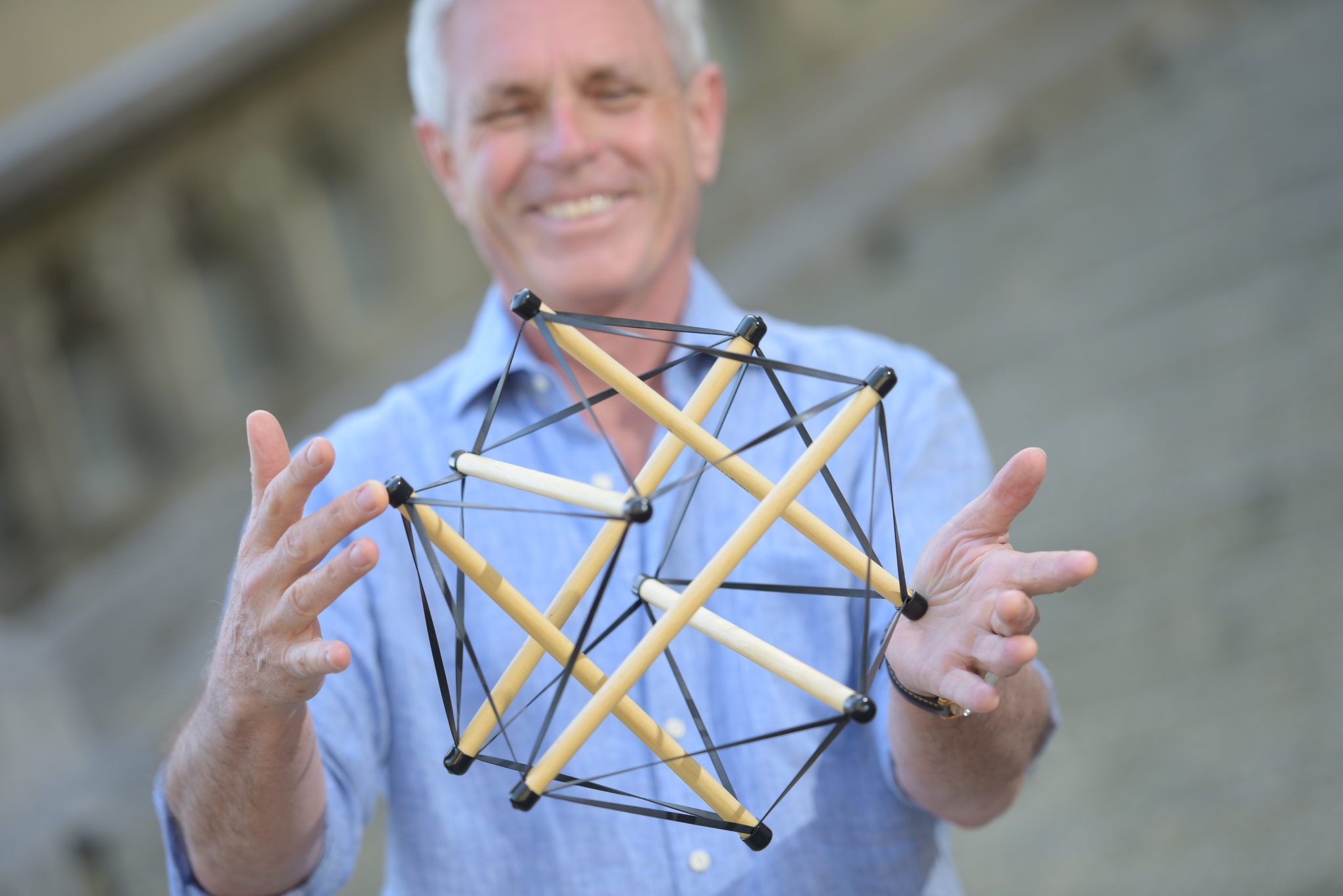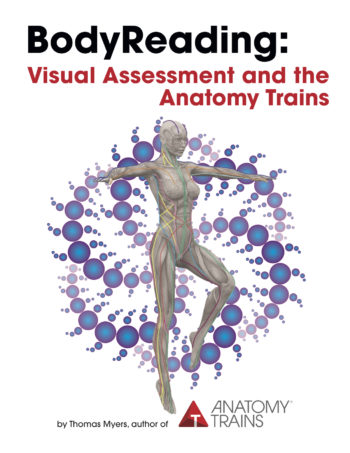Tom was recently interviewed by HFE, one of the UK’s largest fitness training providers. He breaks down the Anatomy Trains for laymen, and offers advice for fitness professionals looking to expand their skills.
Here’s an excerpt:
HFE: Could you describe to the laymen what Anatomy Trains are and why they are so important to people working in the discipline of massage and exercise?
Tom: If you only think and act locally, you are not going to solve long-term problems. By the time an injury has been in the body for a few months, it has been distributed through the fascial fabric, usually along the Anatomy Trains lines, so that the solution for the injury is no longer local, but global.
Long-term postural problems likewise do not give way to local solutions. Using the Anatomy Trains map has proven useful to all types of manual therapists and movement teachers in sussing out what are the key linkages to make to ‘unhook’ a complex postural problem or persistent injury.

After a bit of practice, you start seeing your clients in terms of these lines and can devise programs to help balance them out overall and over time. Look globally, act locally, then act globally to integrate your treatment into the whole pattern.
We went way too deep into picking things apart down to their smallest units. We are now seeing what we can learn from putting them back together again. It’s practical holism.
Read the rest of this interview on HFE! Click here to read.
Recommended
BodyReading: Visual Assessment and the Anatomy Trains
$29.95This is a bright new easy-to-follow guide to building great visual assessment skills. Compiled from a Massage & Bodywork article series, Tom has updated the articles and added illustrations to allow the concepts to be easily understood. The first chapters outline the method and the way it can be successfully integrated into your practice, including… Read more
Add to cart





